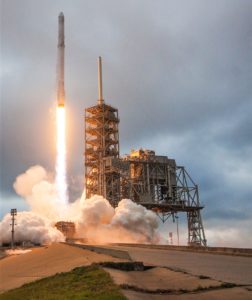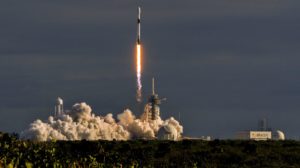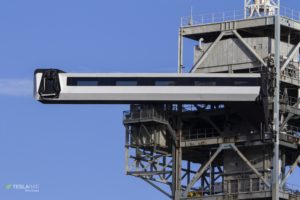

News
SpaceX’s orbit-ready Crew Dragon nears first trip out to Pad 39A atop Falcon 9
Now primarily reserved for launches involving the company’s Falcon Heavy rocket and Crew Dragon spacecraft, SpaceX has begun touching up its Launch Complex 39A (LC-39A) pad with new paint and hardware in anticipation of the first orbital launch of Crew Dragon, set to occur as early as the evening of January 17th.
A little over three weeks away from the milestone mission’s launch, SpaceX has – even more importantly – rolled Pad 39A’s transporter/erector (T/E) into an on-site hangar, where Falcon 9 B1051 and Crew Dragon C201 are awaiting final integration and fit checks prior to a series of careful dress rehearsals including a dry (mission) rehearsal, a wet rehearsal (WDR), and an on-pad static fire.
@NASASpaceflight looks SpaceX is giving the tower at 39A a fresh paint job pic.twitter.com/l6ZD6c6PvN
— Evan Richard (@TheEvangineer) December 21, 2018
Over the past month or two, SpaceX’s Florida pad technicians have gradually begun a number of small but important modifications to Launch Complex 39A (LC-39A, Pad 39A), primarily focused on what is known as its Fixed Service Structure (FSS), a tall and rectangular tower off to the side of SpaceX’s launch mount. Notably, SpaceX has completed the demolition and removal of all extraneous Pad 39A structures related to its decades of service under the Space Shuttle program and has further modified the FSS to allow for the installation of Crew Dragon’s Crew Access Arm (CAA), completed earlier in 2018.
With those major tasks complete, SpaceX workers have since subtly modified the pad’s transporter/erector (T/E) for Crew Dragon and begun to both paint and clad the tower, both designed to minimize wear and tear from regular launch operations and coastal Florida’s omnipresent sea breeze. Captured in photos from the November 2018 launch of Es’hail-2, the tower cladding appears to be made of double-layered sheets of half-opaque black plastic, while the paint of choice is gray (and black accents) to mesh with the tower’s minimalist arm.
Given CEO Elon Musk’s well-known preference that his companies, products, and facilities look “beautiful”, this is almost certainly being done on his whim, albeit for the best. A coat of paint and minimalist arm design are probably cost a minimal amount of money and effort, but the bare minimum still easily sets SpaceX’s facilities apart from competitors like ULA and even NASA.
- A panorama of LC-39A in November 2017. (Tom Cross/Teslarati)
- Pad 39A seen after most extraneous Shuttle-era hardware had been removed, November 2018. (Tom Cross)
- Falcon 9 B1047 lifts off from Pad 39A, November 2018. (Tom Cross)
- A detailed look at SpaceX’s shiny new Crew Access Arm, installed on Pad 39A in August 2018. (Tom Cross)
- Boeing/ULA’s Starliner Crew Access Arm (CAA) was installed at LC-41 in 2015. (NASA)
Crew Dragon closes in on orbital launches
For perhaps the first in the history of NASA’s Commercial Crew Program (CCP), SpaceX revealed earlier this month that all the major hardware components needed for the first orbital launch of Crew Dragon were under one literal roof at the company’s Pad 39A launch complex. In the weeks and months prior, both Musk and COO/President Gwynne Shotwell stated rather explicitly that that hardware would indeed be physically ready to launch no later than the end of 2018, even suggesting that SpaceX engineers and technicians would attempt to conduct a dry (propellant-less) Mission Dress Rehearsal (MDR) to ensure everything fits together in late December.
omfg @spacex just posted some absolutely stunning photos inside Pad 39A's hangar: meet the first completed Crew Dragon and its Falcon 9 Block 5 rocket (B1051) 😀 In the far left (second photo), you can also see what is probably B1047 in the midst of refurbishment. pic.twitter.com/NWULyAEhpQ
— Eric Ralph (@13ericralph31) December 18, 2018
As of last week, 39A’s T/E disappeared from its launch mount, indicating that the pad crew had rolled the massive apparatus into the complex’s integration hangar, where the above Falcon 9(s) and Demo-1 Crew Dragon were stashed as of December 18th. Having spent a solid five days in the hangar, SpaceX technicians have likely begun or even completed the integration of Falcon 9 B1051 and Crew Dragon and proceeded to integrate that full rocket/spacecraft combo to the T/E. As such, the T/E could very well roll out of its hangar with Falcon 9 and Crew Dragon attached at almost any moment between now and 2019.
If all goes as planned and NASA and SpaceX can wrap up paperwork (certification, approvals, etc) in the next week or two, SpaceX could launch an uncrewed Crew Dragon into orbit as early as the evening of January 17th. The rocket’s rollout will be the be the next major milestone so stay tuned!
For prompt updates, on-the-ground perspectives, and unique glimpses of SpaceX’s rocket recovery fleet check out our brand new LaunchPad and LandingZone newsletters!

Elon Musk
Elon Musk proposes Grok 5 vs world’s best League of Legends team match
Musk’s proposal has received positive reception from professional players and Riot Games alike.

Elon Musk has proposed a high-profile gaming challenge for xAI’s upcoming Grok 5. As per Musk, it would be interesting to see if the large language model could beat the world’ best human League of Legends team with specific constraints.
Musk’s proposal has received positive reception from professional players and Riot Games alike, suggesting that the exciting exhibition match might indeed happen.
Musk outlines restrictions for Grok
In his post on X, Musk detailed constraints to keep the match competitive, including limiting Grok to human-level reaction times, human-speed clicking, and viewing the game only through a camera feed with standard 20/20 vision. The idea quickly circulated across the esports community, drawing commentary from former pros and AI researchers, as noted in a Dexerto report.
Former League pro Eugene “Pobelter” Park expressed enthusiasm, offering to help Musk’s team and noting the unique comparison to past AI-versus-human breakthroughs, such as OpenAI’s Dota 2 bots. AI researcher Oriol Vinyals, who previously reached Grandmaster rank in StarCraft, suggested testing Grok in RTS gameplay as well.
Musk welcomed the idea, even responding positively to Vinyals’ comment that it would be nice to see Optimus operate the mouse and keyboard.
Pros debate Grok’s chances, T1 and Riot show interest
Reactions weren’t universally optimistic. Former professional mid-laner Joedat “Voyboy” Esfahani argued that even with Grok’s rapid learning capabilities, League of Legends requires deep synergy, game-state interpretation, and team coordination that may be difficult for AI to master at top competitive levels. Yiliang “Doublelift” Peng was similarly skeptical, publicly stating he doubted Grok could beat T1, or even himself, and jokingly promised to shave his head if Grok managed to win.
T1, however, embraced the proposal, responding with a GIF of Faker and the message “We are ready,” signaling their willingness to participate. Riot Games itself also reacted, with co-founder Marc Merrill replying to Musk with “let’s discuss.” Needless to say, it appears that Riot Games in onboard with the idea.
Though no match has been confirmed, interest from players, teams, and Riot suggests the concept could materialize into a landmark AI-versus-human matchup, potentially becoming one of the most viewed League of Legends events in history. The fact that Grok 5 will be constrained to human limits would definitely add an interesting dimension to the matchup, as it could truly demonstrate how human-like the large language model could be like in real-time scenarios.
Tesla has passed a key milestone, and it was one that CEO Elon Musk initially mentioned more than nine years ago when he published Master Plan, Part Deux.
As per Tesla China in a post on its official Weibo account, the company’s Autopilot system has accumulated over 10 billion kilometers of real-world driving experience.
Tesla China’s subtle, but huge announcement
In its Weibo post, Tesla China announced that the company’s Autopilot system has accumulated 10 billion kilometers of driving experience. “In this respect, Tesla vehicles equipped with Autopilot technology can be considered to have the world’s most experienced and seasoned driver.”
Tesla AI’s handle on Weibo also highlighted a key advantage of the company’s self-driving system. “It will never drive under the influence of alcohol, be distracted, or be fatigued,” the team wrote. “We believe that advancements in Autopilot technology will save more lives.”
Tesla China did not clarify exactly what it meant by “Autopilot” in its Weibo post, though the company’s intense focus on FSD over the past years suggests that the term includes miles that were driven by FSD (Beta) and Full Self-Driving (Supervised). Either way, 10 billion cumulative miles of real-world data is something that few, if any, competitors could compete with.
Advertisement
–>
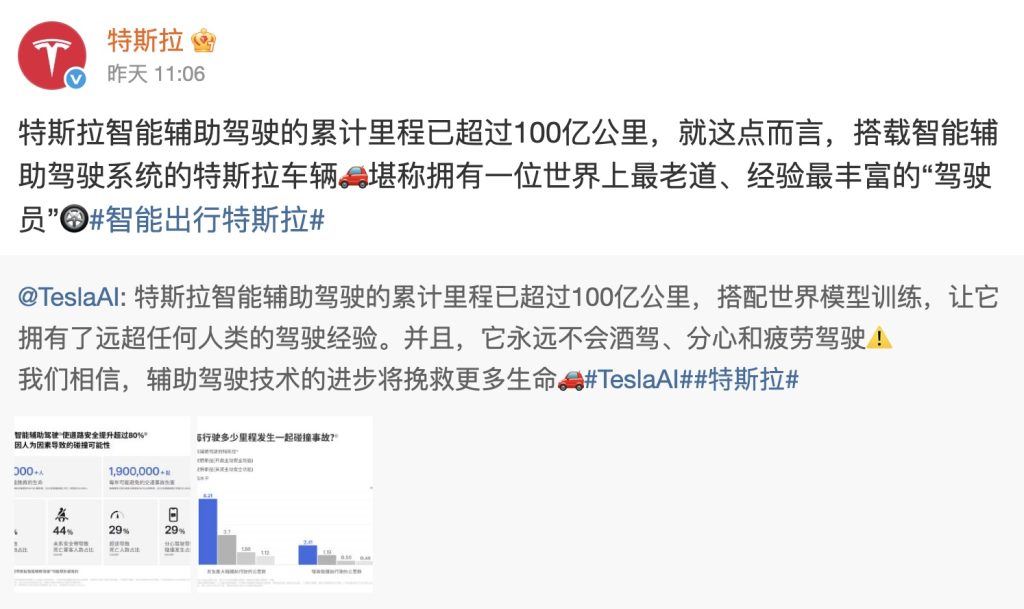
Elon Musk’s 10-billion-km estimate, way back in 2016
When Elon Musk published Master Plan Part Deux, he outlined his vision for the company’s autonomous driving system. At the time, Autopilot was still very new, though Musk was already envisioning how the system could get regulatory approval worldwide. He estimated that worldwide regulatory approval will probably require around 10 billion miles of real-world driving data, which was an impossible-sounding amount at the time.
“Even once the software is highly refined and far better than the average human driver, there will still be a significant time gap, varying widely by jurisdiction, before true self-driving is approved by regulators. We expect that worldwide regulatory approval will require something on the order of 6 billion miles (10 billion km). Current fleet learning is happening at just over 3 million miles (5 million km) per day,” Musk wrote.
It’s quite interesting but Tesla is indeed getting regulatory approval for FSD (Supervised) at a steady pace today, at a time when 10 billion miles of data has been achieved. The system has been active in the United States and has since been rolled out to other countries such as Australia, New Zealand, China, and, more recently, South Korea. Expectations are high that Tesla could secure FSD approval in Europe sometime next year as well.
News
Elon Musk’s Boring Company reveals Prufrock TBM’s most disruptive feature
As it turns out, the tunneling startup, similar to other Elon Musk-backed ventures, is also dead serious about pursuing reusability.
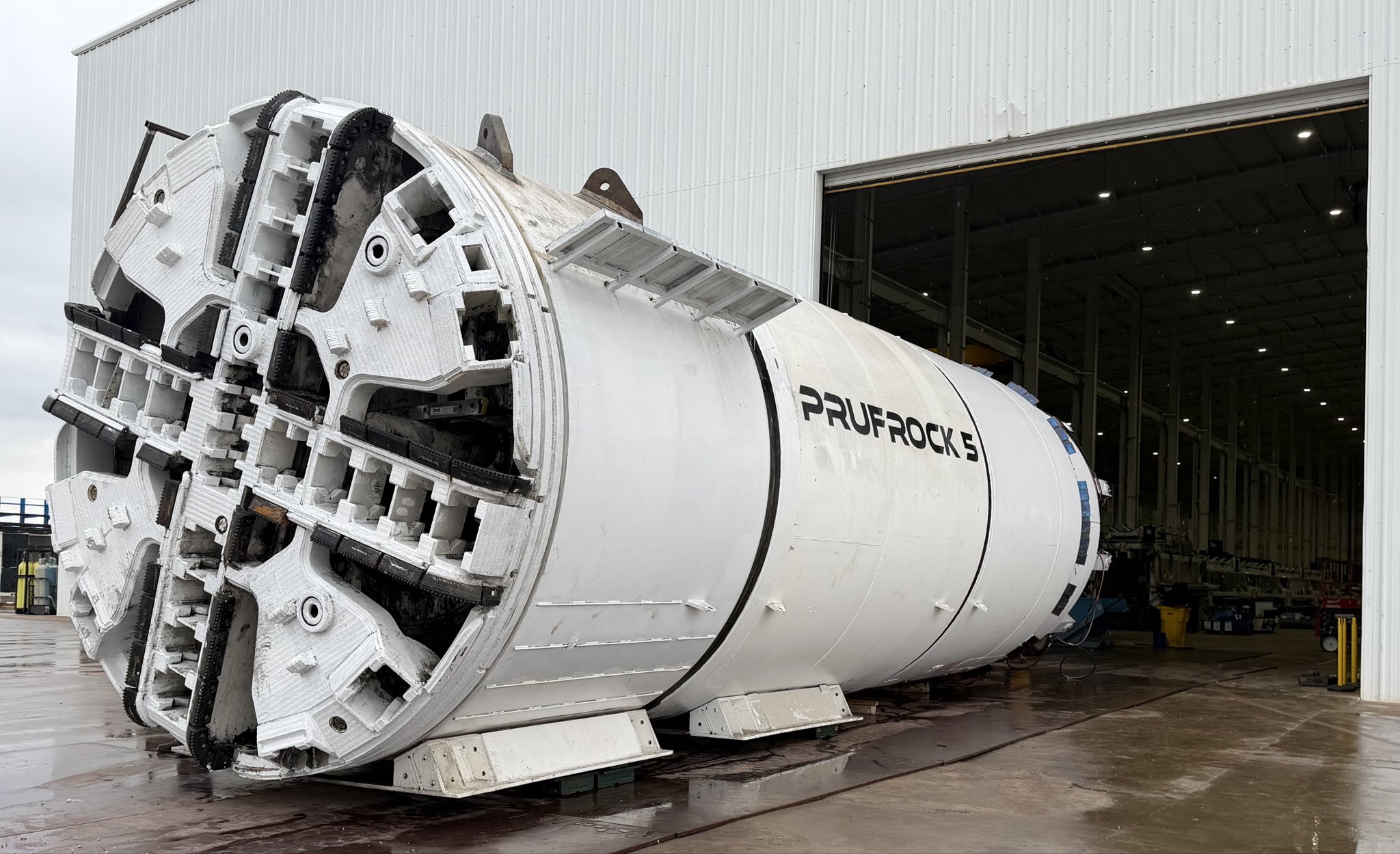
The Boring Company has quietly revealed one of its tunnel boring machines’ (TBMs) most underrated feature. As it turns out, the tunneling startup, similar to other Elon Musk-backed ventures, is also dead serious about pursuing reusability.
Prufrock 5 leaves the factory
The Boring Company is arguably the quietest venture currently backed by Elon Musk, inspiring far fewer headlines than his other, more high-profile companies such as Tesla, SpaceX, and xAI. Still, the Boring Company’s mission is ambitious, as it is a company designed to solve the problem of congestion in cities.
To accomplish this, the Boring Company would need to develop tunnel boring machines that could dig incredibly quickly. To this end, the startup has designed Prufrock, an all-electric TBM that’s designed to eventually be fast enough as an everyday garden snail. Among TBMs, such a speed would be revolutionary.
The startup has taken a step towards this recently, when The Boring Company posted a photo of Prufrock-5 coming out of its Bastrop, Texas facility. “On a rainy day in Bastrop, Prufrock-5 has left the factory. Will begin tunneling by December 1. Hoping for a step function increase in speed,” the Boring Company wrote.
Prufrock’s quiet disruption
Interestingly enough, the Boring Company also mentioned a key feature of its Prufrock machines that makes them significantly more sustainable and reusable than conventional TBMs. As per a user on X, standard tunnel boring machines are often left underground at the conclusion of a project because retrieving them is usually more expensive and impractical than abandoning them in the location.
As per the Boring Company, however, this is not the case for its Prufrock machines, as they are retrieved, upgraded, and deployed again with improvements. “All Prufrocks are reused, usually with upgrades between launches. Prufrock-1 has now dug six tunnels,” the Boring Company wrote in its reply on X.
The Boring Company’s reply is quite exciting as it suggests that the TBMs from the tunneling startup could eventually be as reusable as SpaceX’s boosters. This is on brand for an Elon Musk-backed venture, of course, though the Boring Company’s disruption is a bit more underground.
News
Tesla accused of infringing robotics patents in new lawsuit
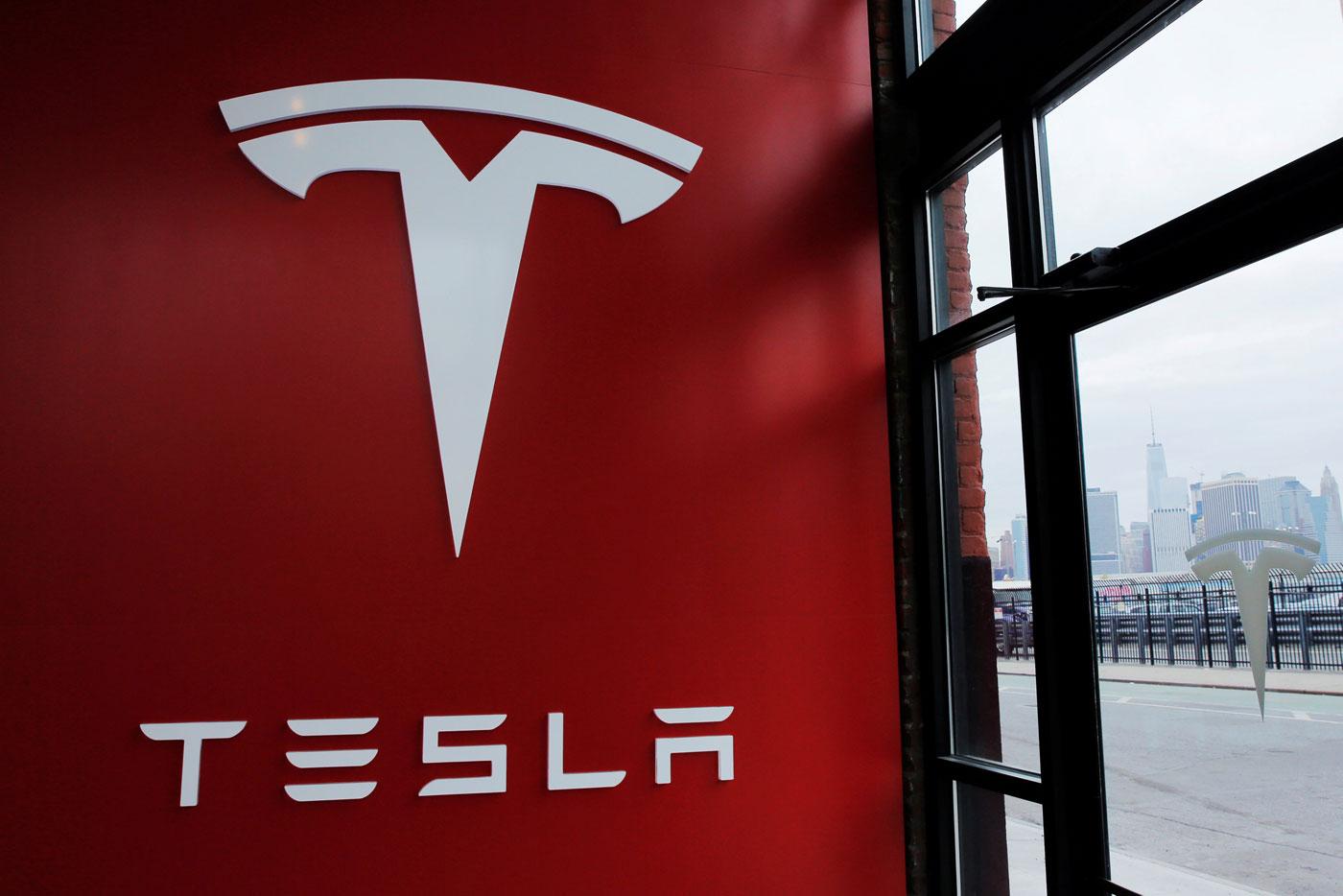
Tesla is being accused of infringing robotics patents by a company called Perrone Robotics, which is based out of Charlottesville, Virginia.
The suit was filed in Alexandria, Virginia, and accuses Tesla of knowingly infringing upon five patents related to robotics systems for self-driving vehicles.
The company said its founder, Paul Perrone, developed general-purpose robotics operating systems for individual robots and automated devices.
Perrone Robotics claims that all Tesla vehicles utilizing the company’s Autopilot suite within the last six years infringe the five patents, according to a report from Reuters.
Tesla’s new Safety Report shows Autopilot is nine times safer than humans
One patent was something the company attempted to sell to Tesla back in 2017. The five patents cover a “General Purpose Operating System for Robotics,” otherwise known as GPROS.
The GPROS suite includes extensions for autonomous vehicle controls, path planning, and sensor fusion. One key patent, U.S. 10,331,136, was explicitly offered to Tesla by Perrone back in 2017, but the company rejected it.
The suit aims to halt any further infringements and seeks unspecified damages.
This is far from the first suit Tesla has been involved in, including one from his year with Perceptive Automata LLC, which accused Tesla of infringing on AI models to interpret pedestrian/cyclist intent via cameras without licensing. Tesla appeared in court in August, but its motion to dismiss was partially denied earlier this month.
Tesla also settled a suit with Arsus LLC, which accused Autopilot’s electronic stability features of infringing on rollover prevention tech. Tesla won via an inter partes review in September.
Most of these cases involve non-practicing entities or startups asserting broad autonomous vehicle patents against Tesla’s rapid iteration.
Tesla typically counters with those inter partes reviews, claiming invalidity. Tesla has successfully defended about 70 percent of the autonomous vehicle lawsuits it has been involved in since 2020, but settlements are common to avoid discovery costs.
The case is Perrone Robotics Inc v Tesla Inc, U.S. District Court, Eastern District of Virginia, No. 25-02156. Tesla has not yet listed an attorney for the case, according to the report.

